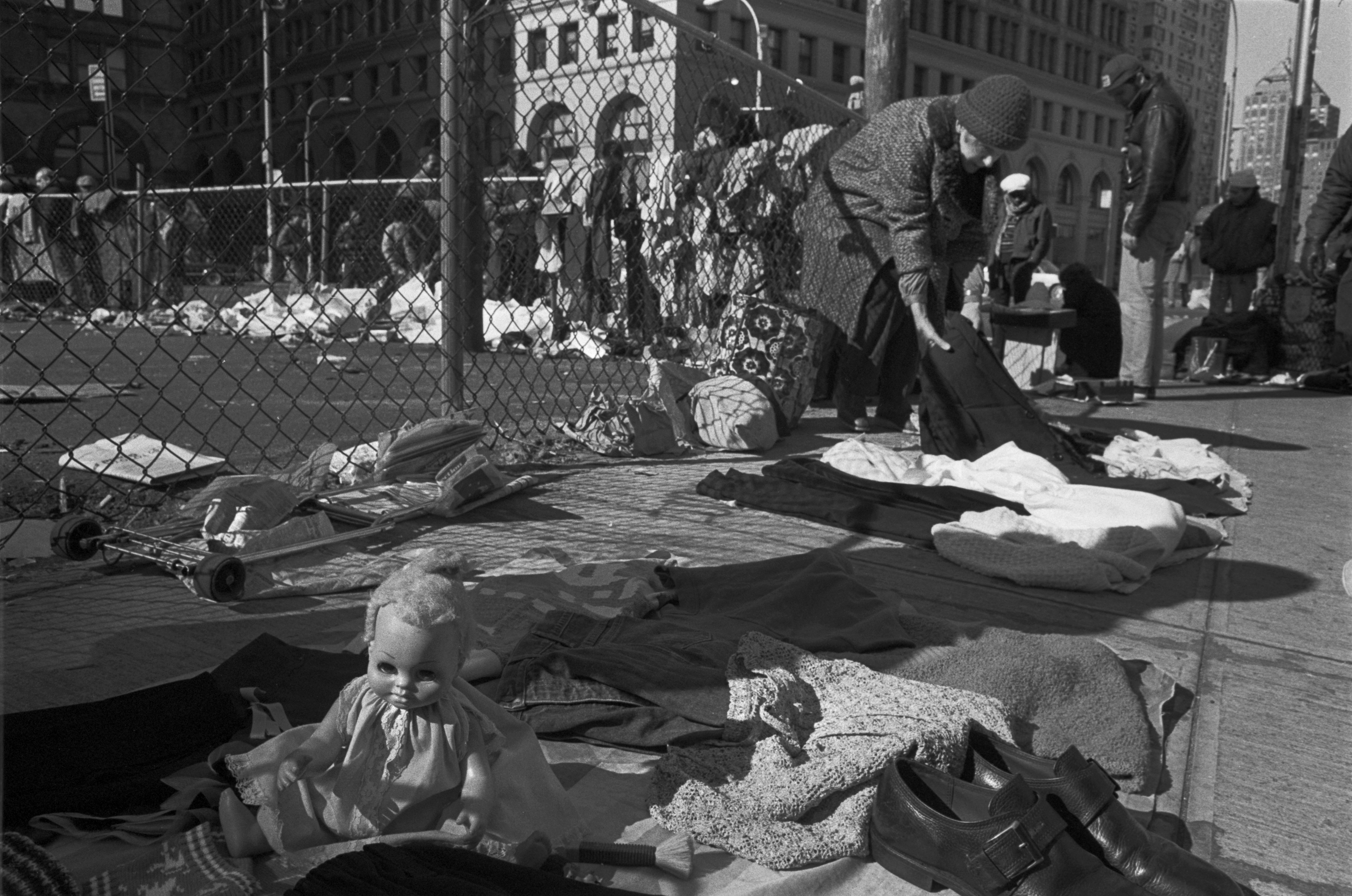
25 Mar The Imprint of Trauma
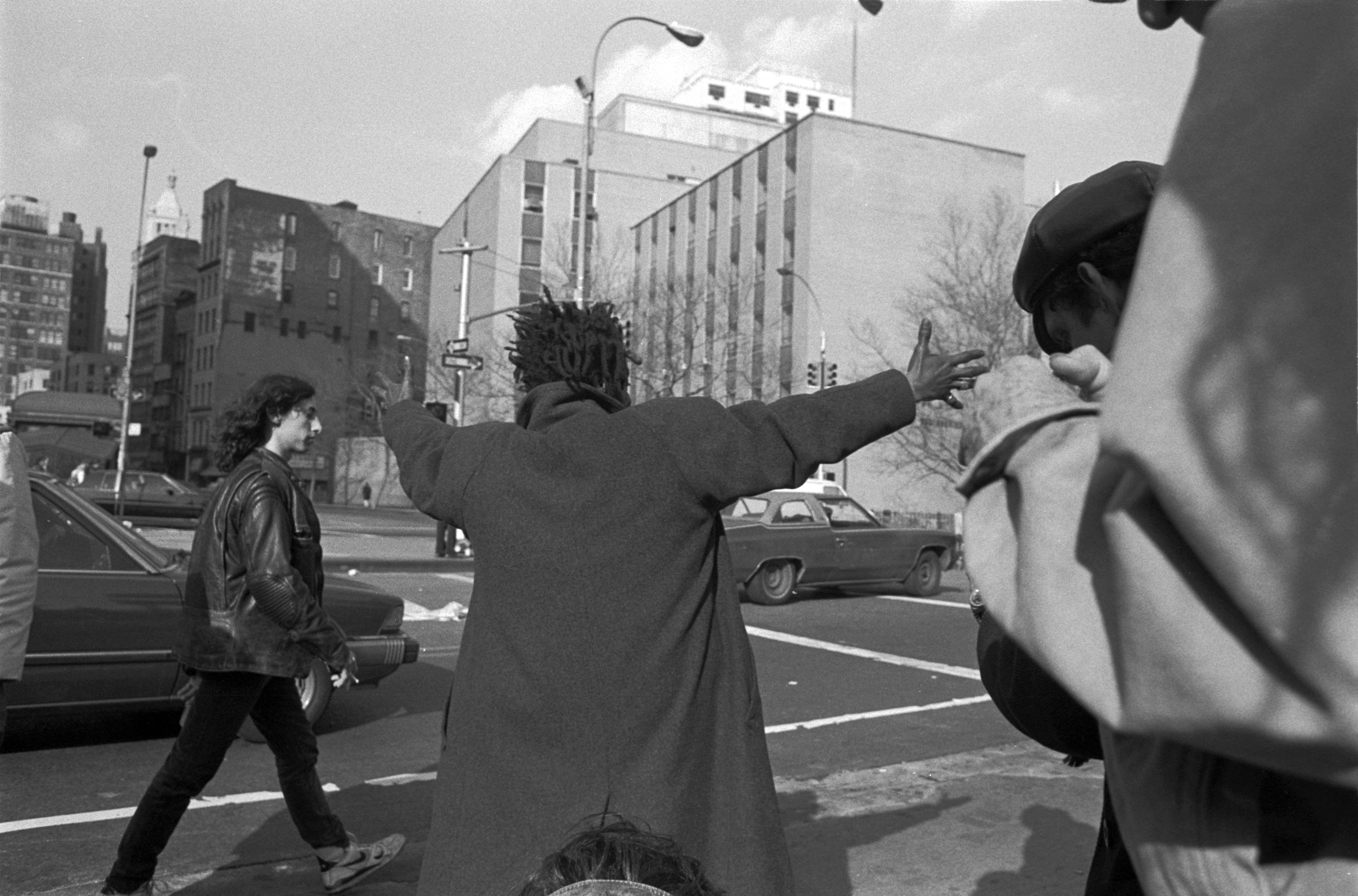
in 1990 I shot a photo project documenting the street market on Astor Place in NYC. This was an impromptu gathering spot for people selling mostly used, scavenged, collected, and sometimes stolen objects. Recently I have been posting a number of these images to a Facebook group focused on images taken before 1990 in Manhattan. I’m rescanning them all in order to print a book. While some small percentage of the things that were sold there were undoubtedly stolen from cars or apartments, the general response to the photos is that everything there was stolen. I think this is a profound indication of how trauma affects both our memories and the ways in which we interact in the world.
Before I started my photo project I spent a lot of time looking through the junk each day for months, even years. Astor Place was two blocks from my dorm, and just slightly off my path to class, so I often swung by once or even twice a day. By the time I brought my camera I knew a few of the regulars and they made it fairly easy for me to start shooting. The people who were out there selling merchandise were generally people who didn’t fit easily into the regular work system. I imagine that most of them had experienced a good deal of trauma in their own lives. Still, they formed a community of people that were mostly mutually supportive. They looked out for each other’s stuff, bought each other coffee, and shared their liquor. They sometimes squabbled and held grudges, but it was not a free for all. There were unwritten rules and customs that were generally accepted.
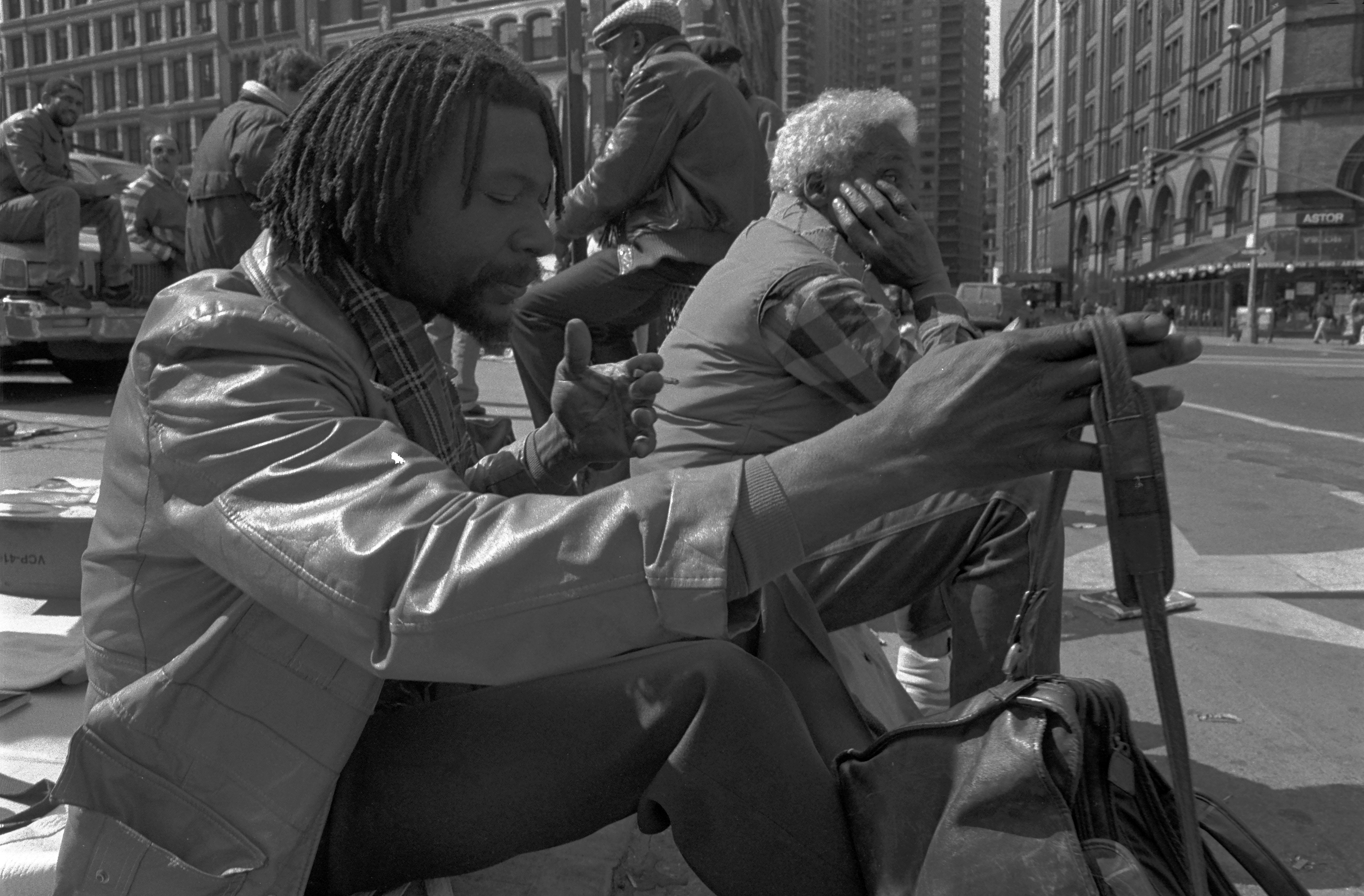
The summer before I started this project I had driven across the country to shoot photos in malls. It was not a very enjoyable trip, and when we got to San Francisco our car was broken into. Most of what we had bought at junk shops and thrift stores was stolen, as was my unexposed film. Thankfully, the night before we arrived in SF I had separated out my unexposed film from the rolls that had not been used yet. I had shoved it under the front seat and it was still there. It was completely devastating to come back and find the window smashed and the car ransacked. We felt violated and overwhelmed. My friend and I had plans to go down to LA to see my Aunt and shoot in more malls, but my friend wanted to head straight back to NC. We ended up driving for 40 hours straight, taking turns driving and sleeping, before we got to St. Louis.
So, I can understand why people who had stuff stolen in the late 80’s, or had friends who had stuff stolen, hold that memory most distinctly. The truth is, if the majority of stuff was stolen, the outdoor market would not have survived as long as it did. It was only a small percentage of stuff that was stolen, but the trauma of that theft is the strongest memory carried forward. It’s instructive to recognize how trauma and collective memory can work to dichotomize our relationship to the world. For people traumatized by the theft they experienced there is a tendency to see all of the vendors as thieves. This is a self-protective way of approaching the world, but it may not actually keep us safe. It is also de-humanizing. We can see how this works in regards to racism. If we internalize the idea that one group of people are thieves, or that they are parasites on society we can unconsciously dehumanize the whole group. The trauma of that dehumanization is profound even if it doesn’t lead to concentration camps.
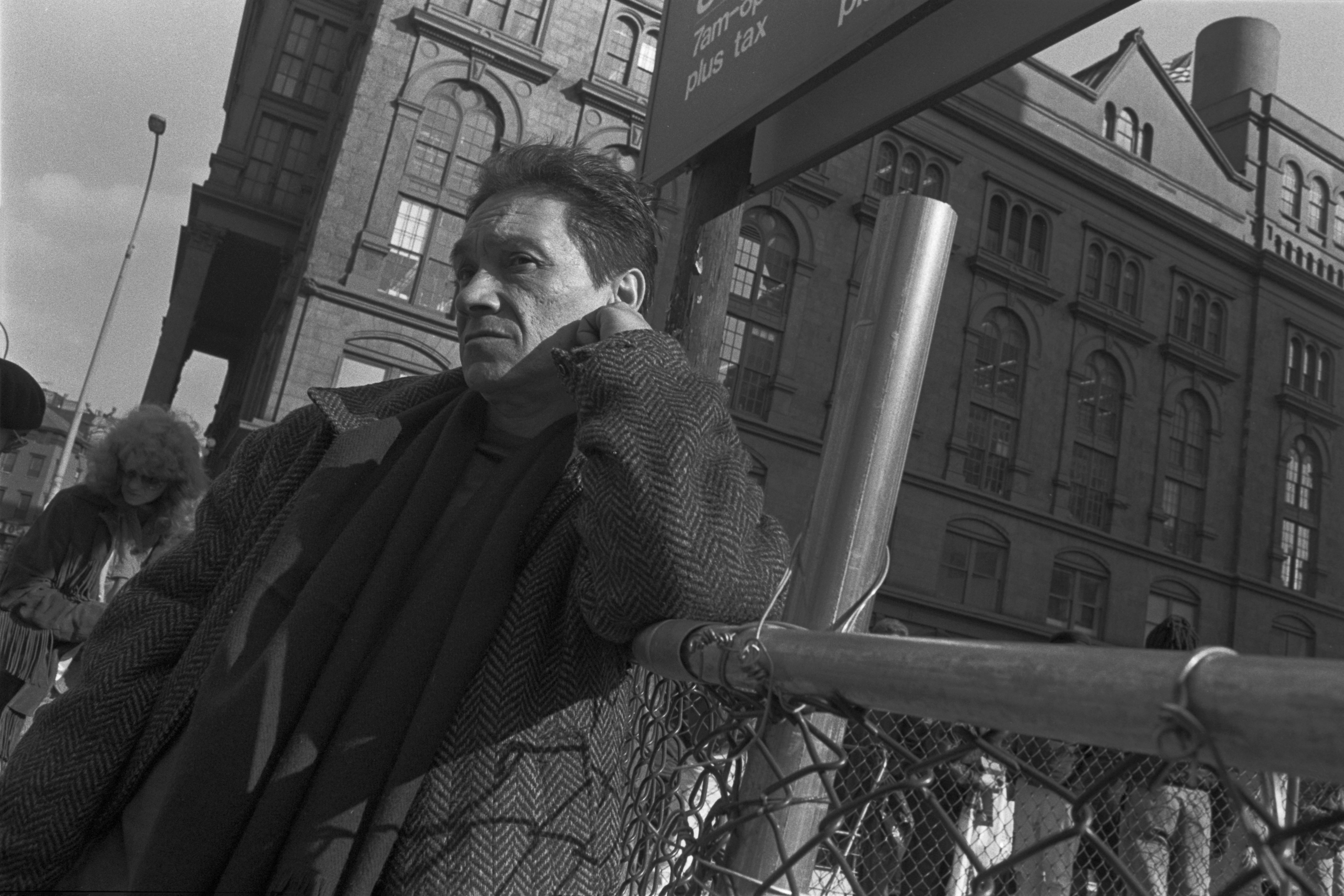
I did not become good friends with the people whose pictures I took. I did get along well with many of them though, and I had a lot of respect for how they approached the world. Like them, I also had trouble accepting the demands of the regular world. At the time I didn’t see this as having anything to do with trauma, and I still don’t frame it that way in my own head. However, I have spent years working to accept both the failings of my parents and myself, and this has helped me to find more peace.I spent my first 10 years after college working random jobs like bike messenger, production assistant, and busboy in order to pay my bills.
When I finally did get a “real job” in an office it crushed my sense of creativity. That job only lasted a year and it was the only time I had an office job where I worked for someone else. Like the people who sold things on Astor Place, my reticence to work within a system meant that I had to hustle a lot. Most of those hustles were less successful than I’d hoped. However, I learned a lot from each one of those efforts, including my time in the job. By hustle, I mean doing things like figuring out how to make and distribute a movie without any any support from either production or distribution systems, or make a photo book without a publisher. These were not easy tasks and they involved a lot of frustration, wasted effort, and dismissal. In some way those experiences were traumatizing as well. In fact, when I ended up on the floor screaming in pain in our film “All The Rage“, it was this internalized frustration that was at the root of that pain. In order to get through that crisis I had to turn and examine my own way of responding to the stresses of life. It’s much easier to blame systems or individuals for our pain and frustration. While the systems and institutions may be corrupted, raging inwardly, or even outwardly, can cause us more pain than it does the system. This also doesn’t mean that systems don’t need to be reformed, or that our rage is not justified. Instead I’m making the point that it’s important for us to feel it to heal it.
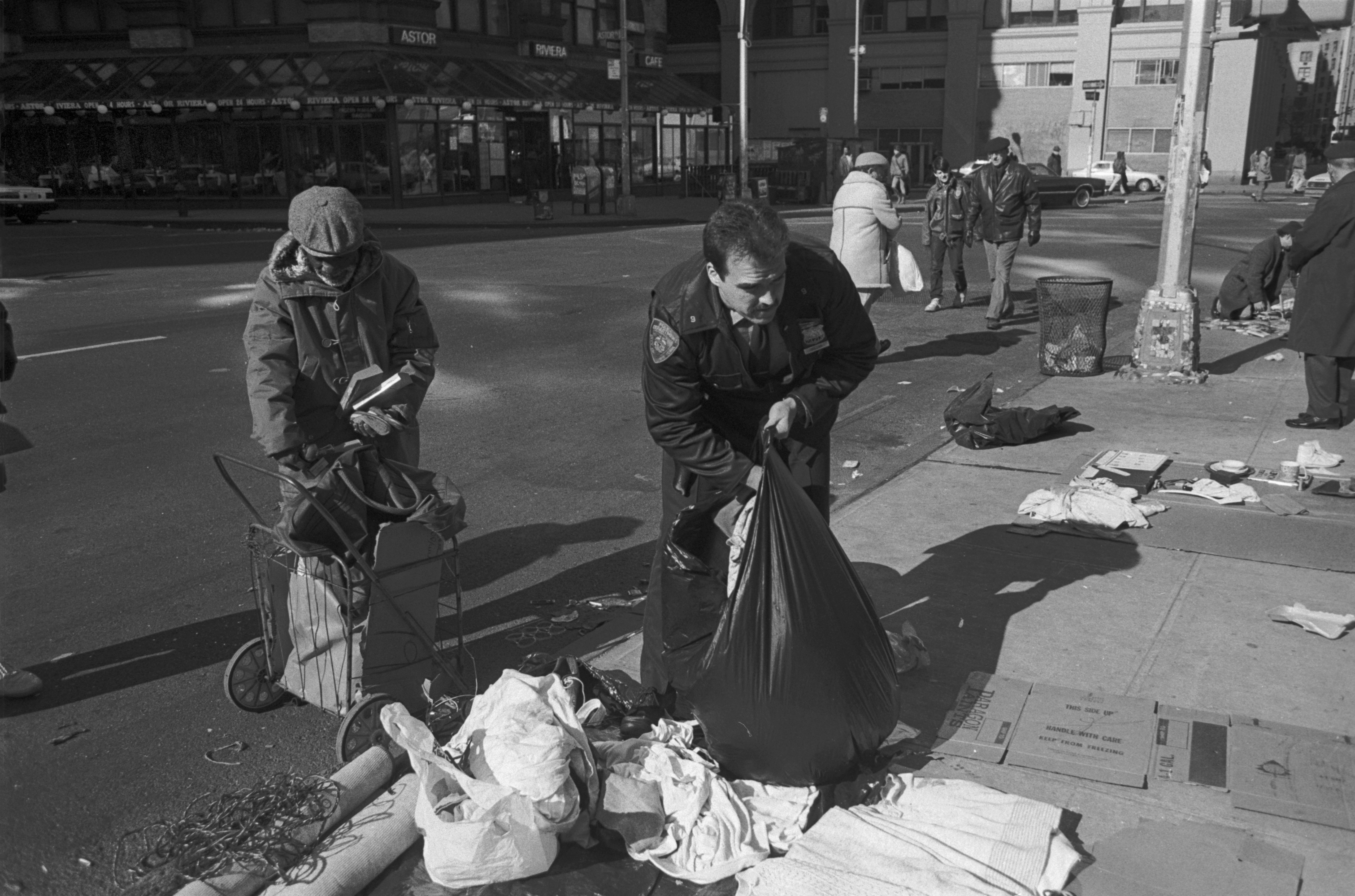
It’s important that we examine our relationship ton our rage and trauma, and work on letting it go. Rage is blinding, and when we are in a state of rage we have a difficult time being thoughtful, which often leads to thoughtless actions. it is often said that anger is a poison that we take into our body to harm someone else. This is to say that we should never get angry. However, when we do get angry it’s important that we realize that we have the power to feel that anger and let it pass through us. We don’t need to hold it and have that energy drive our reactions. The anger can alert us that we need to respond, but it’s best to feel it, own it, and then respond. If we react with anger, it often sparks anger in others. Understanding this gives us the possibility to respond in paths that lead to healing rather than escalation.Again, the point is, anger distorts our view of the world. If we feel harmed we see threats everywhere. It’s important that we be aware of threats, but perhaps less wary. Wariness may feel like it keeps us safe, but it also keeps us disconnected.

No Comments